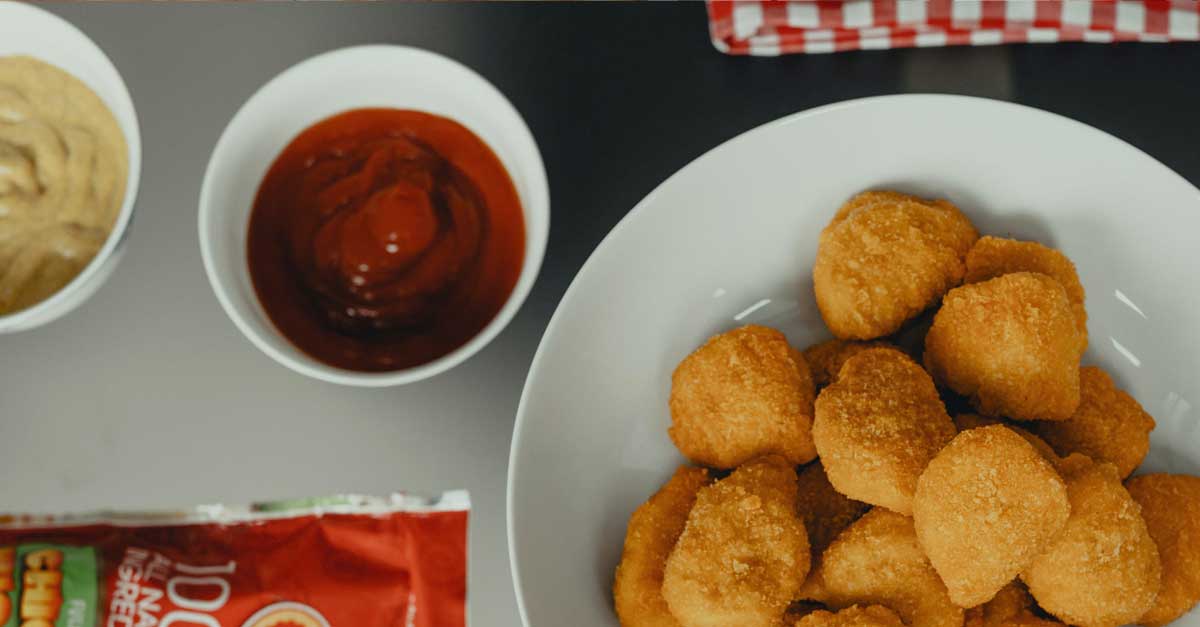
A Quick Introduction to Food Processing and Packaging
Food Processing and Packaging Benefits
Food processing comprises three mechanical processes that transform foodstuffs into edible foods. The ability to process food has allowed man to access fruits and vegetables all year and even consume foods unavailable to their geographical location. It has also made it possible to consume ingredients are not edible as they are found in nature – various food processes are used to allow them to be broken down and used as food.
Processing food allows us all to benefit from nutrients sealed into food items and add extra nutrients to the foods we consume. It increases food safety and preserves it longer – not to mention it makes much of our food supply much more convenient!
Since the 1900’s food processing methods like canning, drying, fermentation, freezing, smoking, pasteurization, pickling, etc. have been common. Since the 1900’s and the advancements in technologies like freezing, chilling, heat processing, modified atmosphere packaging, and strict regulations to ensure quality. It has never been easier for humankind to remain healthy.
The 3 Forms of Food Processing
There are three major types of food processes used to supply us with the products we enjoy today:
Food Processing and Packaging: Techniques for Preservation and Quality
When you think of processed food, food packaging automatically comes to mind. The packaging often affects consumer perception of processed food. To many, the packaging indicates quality & affects trust, but packaging has many functions above pure marketing. Packaging plays a vital role in the protection of our processed foods.
Packaging as Protection
Of course, physical protection ensures that the food item itself is not broken down or degraded during transportation and protects the contents from bacteria (yuk). But another critical aspect is barrier protection from oxygen, water, or vapor which would affect the cleanliness, freshness, and intended shelf life.
Packaging for information transmission
Packaging and packaging labels communicate valuable information to the consumer. They help identify ingredients used, nutritional information, how to use, recycle or dispose of the contents, and the packaging itself.
Packaging for Security
Packaging is the perfect barrier to reduce safety risks; many are engineered to reduce tampering or can be sealed with tamper-evident labeling, which makes it clear to consumers if the contents have been altered or tampered with since being originally packaged. It is also more frequent now that they include anti-theft devices or article surveillance tags which are activated or detected at store exit points – an effective retail loss prevention tool.
Processed Food and Packaging
Food processing and packaging go hand-in-hand. In fact, packaging is at the heart of the modern food industry! Consumers generally don’t put much thought into the impact packaging has on our daily lives unless, of course, to speak of derived environmental issues. Food processors, manufacturers, and packaging engineers understand just how important a role packaging plays in feeding 9 billion (and counting) of earth’s inhabitants. Much thought goes into creating and certifying new packaging alternatives.

Download the
7 Indispensable Food and Packaging Considerations
White Paper
Note: The eBooklet will be sent directly to your email. Check your inbox!


